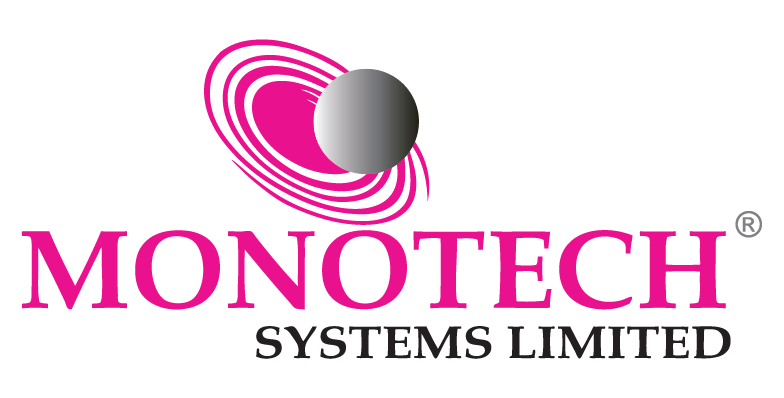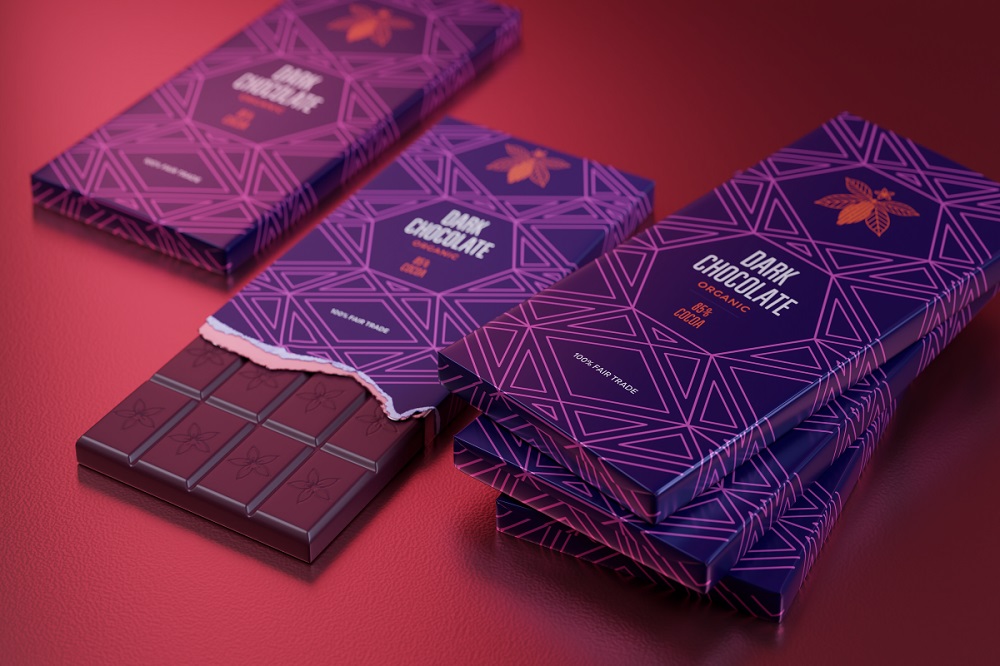Introduction
Consumers of printed materials recognize that there is more to a printed page than simple monochrome or process color output. Printing embellishments, commonly called “CMYK+,” convey a sense of quality and support an underlying message of value and excellence. Even so, CMYK+ embellishments are competing against headwinds resulting from limited market awareness, pandemic-driven cost cuts, and an inflationary market environment. As a result, print service providers (PSPs) that want to leverage CMYK+ embellishments must focus on ways to promote these services and educate their clientele. CMYK+ capabilities do not sell themselves!
This document will define the range of CMYK+ embellishments and lay out the challenges that are facing today’s PSPs. Armed with this information, PSPs will be better positioned to succeed and profit from these very compelling capabilities.
What Are CMYK+ Printing Embellishments?
The ability to print more than just the CMYK process colors (cyan, magenta, yellow, and black) is a common feature of offset presses, which often have a fifth or sixth unit for printing special effects like Pantone colors, metallic inks, and neon or fluorescent colors. In wide format digital printing, colors beyond CMYK are common, with many devices supporting eight or twelve colors. In the production digital print market for documents, however, there are a relatively small number of exceptions to four-color devices. Systems supporting more than four colors (what is frequently referred to as CMYK plus or CMYK+) have been around since as early as the 1990s in devices from HP Indigo, Kodak NexPress, and Xeikon. In the past decade, CMYK+ capabilities have expanded to a much wider range of digital print devices by many system vendors. These most frequently offer a fifth color for effects like clear coatings, white, and special colors. These extra colors/effects, which may also be referred to as CMYK+ printing embellishments, are applied in-line with CMYK. In addition, there are offline devices that use digital print techniques to add special effects like spot coatings, dimensional effects, and metallic foils.
Some of the most used CMYK+ printing embellishments include:
- Spot Colors: Red, green, or blue can be used as spot colors or to expand the color gamut of CMYK process color
- Metallics: Such as gold & silver
- Fluorescent colors: Such as neon pink or yellow
- White: Opaque white enables more effective process color printing on colored papers and also opens up new creative design opportunities
- Foil: Digital techniques can now simulate cold and hot foil stamping methods
- Infrared (IR)/ Ultraviolet (UV): Special security effects can be used for documents like tickets and identity cards
- Textured: Dimensional effects that simulate embossing by applying clear layers of variable thickness
- Spot or Flood Coating: Spot clear coating for localized gloss or matte effects; flood coating for protection and matte or gloss visual effects
Figure 1: CMYK+ Print Embellishment Examples

The Market for CMYK+ Printing Embellishments
In landmark research conducted in 2016, Keypoint Intelligence (formerly InfoTrends) predicted that the digital print enhancement market (in other words, CMYK+ pages produced via digital print) would expand at double-digit rates through 2020. Despite this healthy growth, digital was still expected to represent less than 2% of the available enhancement marketmost of which would continue to be produced with traditional methods like offset lithography. The drivers behind this growth were expected to be continued introductions of in-line and offline systems as well as the expansion of colors and effects for existing systems. A declining cost per page for digital enhancements, combined with the perceived high value of these effects, was also expected to contribute to growth. While some of this has indeed occurred, the industry has seen significant pushback from PSPs who are struggling with perceived customer indifference.
Market Challenges
A more recent Keypoint Intelligence study asked users to provide their perspectives on print enhancements. According to survey respondents in the United States, 14% of their digital print jobs included a print enhancement of some kind and 16% of their color digital print jobs had some kind of enhancement. In addition, it became clear that while a relatively small number of sites were doing a lot of print enhanced jobs, most others were not. Respondents also reported that they could upcharge approximately 23% for print enhanced jobs. The most popular applications included business cards, brochures, mailers, book covers, and marketing/promotional documents.
Four factors stood out when respondents were asked about the challenges, they faced with CMYK+ print enhancements:
- Lack of market/customer demand for CMYK+
- Upselling customers from traditional CMYK
- Difficulty communicating the value of CMYK+
- The requirement for additional production time
Figure 2: Market Challenges with CMYK+

Respondents were less worried about the cost of CMYK+ equipment or consumables, or the time or difficulty required to produce artwork for CMYK+ jobs.
In a follow-up question, an astounding 58% of respondents cited lack of market/customer demand as the largest deterrent associated with CMYK+. Despite this rather gloomy outlook, respondents were still somewhat optimistic about growth in the demand for CMYK+ print enhancements over the next five years, expecting an increase of 3.7%.
What Do Print Buyers Think about Print Enhancements?
In other research from Keypoint Intelligence, print buyers in the US and Western Europe were asked about the importance of key factors related to print enhancements when buying or designing print. Top among those factors was print quality, followed by drawing attention, enhancing the brand, and differentiation. At the other end of the scale, protecting the piece from damage and security issues like preventing counterfeiting came in relatively low. It should be noted that a security feature like an IR or UV ink that prevents counterfeiting would be highly valuable for customers that are producing certificates, coupons, or tickets, but of less interest for other applications.
A 2019 SGIA/NAPCO Research study entitled Adding Value to Digital Printing also explored the benefits of print enhancements and came to very similar conclusions. The SGIA/NAPCO researchers concluded that the top four benefits that marketers and brand owners valued were:
- Giving their brand a premium look
- Capturing the attention of recipients
- Helping their campaigns stand out from the competition
- Enhancing their brand or corporate image
The same study also identified primary customer influencers (i.e., decision-makers) in the print buying process. It comes as no surprise that these are creatives like marketing agencies, graphic design firms, creative directors, and advertising agencies.
USPS Promotions
For several years, the United States Postal Service (USPS) has promoted a program called the Tactile, Sensory, & Interactive Mailpiece Engagement Promotion, whose goal is to leverage the physical aspects of mail as well as advancements in print technology to help marketers enhance how their customers interact with mail and improve response rates. During this promotion, eligible mailers who incorporated a multi-sensory experience (e.g., special visual effects, sounds, scents, texture/tactile treatments, or even taste) in their mailpieces were eligible to receive a postage discount. The 2022 period for this promotion ended in July, but it seems likely that the USPS will continue it in 2023, which means that PSPs will be able to leverage CMYK+ printing embellishment techniques through this promotion in the future.
CMYK+ Embellishment Requires a Value-Driven Strategy
What are we to learn from these research study results? Are CMYK+ print enhancement techniques too expensive, too difficult to market and sell, or unwieldy in some other way? It helps to think about the companies that were succeeding and producing high CMYK+ volumes at a premium. We believe that companies with a value-driven strategy are more likely to succeed with CMYK+ printing embellishments.
In a value-driven strategy, the focus tends to be on providing customers a wide range of products and capabilities. This starts with substrates and typically follows a quality path, ultimately leading to capabilities like print enhancements. A value-driven strategy usually includes expanded product offerings that enable new jobs (and customers) and technological enhancements that add value to jobs that are already being produced.
In a cost-driven strategy, the starting point (again) is in substrate selection—though likely a limited one. Running costs are controlled tightly and the focus is on worker productivity, workflow automation, and driving high levels of uptime. Much effort is applied to reduce costs in the supply chain. Overall, cost-driven strategies help PSPs produce effective and economic long runs and improve their profit margins on the jobs they do repeatedly. In a cost-driven strategy, the competitive advantage is not in being the most innovative or creative service provider, but in being the most cost-effective one. There is certainly value in each of these approaches, and most PSPs use a combination of these strategies, but you can easily see that CMYK+ capabilities will flourish in one whose primary focus is on value. These types of printers support their customers with added-value services like variable data personalized print, print-on-demand capability, just-in-time manufacturing, advanced finishing techniques, and a selection of premium papers.
Figure 3: Value-Driven and Cost-Driven Strategies

Opinion
If you’re a value-driven PSP who wants to succeed with CMYK+ print embellishments, the path forward is pretty clear:
- Client education: Educating print customers, marketers, and brand owners should be a top priority. These are the people who benefit from the added value of attention getting CMYK+ printing embellishments, a true competitive differentiator. You can win these influencers over with print samples and success stories. Open houses with educational sessions for their designers are also part of this strategy.
- Promotion: Open houses and sales kits with print samples should be part of your promotional strategy, but it should go beyond that. Your web site and promotional materials need to position CMYK+ print embellishment techniques as premium offerings. You should also consider entering industry print contests and promoting your success as a leading provider of high-quality output. Perhaps the simplest way to promote these techniques is through customer mailings that demonstrate the value that these embellishments provide.
- Training: Your own staff will need training. First, internal designers and production personnel will need to gain comfort with what likely are somewhat unfamiliar workflows. By the same token, your marketing and sales team need to benefit from the promotion efforts and understand how these printing embellishments serve as a value-added benefit and a revenue-generation opportunity. This includes pricing guidelines that do not under value CMYK+ methods. The role that your customer service representatives play is pivotal. Your automated workflow must adapt so that job input does not become a roadblock.
- Partnership: The external graphic designers who provide files to you should be seen as partners in this effort. If they do not embrace the techniques used to create print-ready files, then you will have missed a sizable opportunity. The US Postal Service is engaged in promoting innovative print and can be an important partner in your mailing campaigns. Also, the printing system vendor who sold you the system is a key part of this equation and will want you to succeed since they will benefit from your success through sales of consumables. Take advantage of the programs that they offer, which will likely include educational materials and print samples.
These four areas are essential to successful implementation of CMYK+ technologies.























